Opening Day Metrics and Market Position (1965-1988)
East Hills Mall opened in 1965 in St. Joseph, Missouri. Developed by Sherman Dreiseszun under MD Management, the center was part of a broader commercial strategy during the retail boom.
Regional malls were becoming the go-to format for department store expansion in mid-size cities. At its launch, East Hills counted Montgomery Ward and JCPenney as its main anchors.
These weren't unusual choices; both brands were expanding into suburban-style malls across the Midwest.
The supporting lineup included Safeway, Katz Drug, Woolworth's, and Hirsch Brothers.
Together, they gave the mall a full-service profile, covering groceries, fashion, appliances, and general merchandise.
For the first two decades, the site served its original commercial purpose well.
Local newspapers in the late 1970s described the mall as a retail hub, and trade publications referenced East Hills in national listings of enclosed centers.
In 1988, the mall expanded. Two new anchors - Dillard's and Sears - were added, and floor space increased to accommodate larger tenants.
This was consistent with broader mall expansion patterns in the late 1980s when department stores were consolidating regional networks and seeking dual presence in cities with limited real estate options.
Dillard's often entered markets by replacing regional chains or co-locating near existing national brands.
Retailers continued to move in through the late 1980s, but no additional expansions were made after 1988.
That capped the site's development footprint, and by the early 1990s, most of its built square footage was leased.
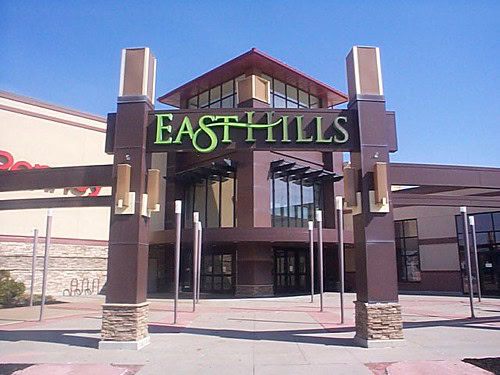
Vacancy Trends and Leasing Pressures (1990s-2007)
The early 1990s brought turnover.
Woolworth's, which had been part of East Hills Mall since its earliest days, closed during this period - part of a national shutdown that affected dozens of similar locations.
Osco Drug also left. Although these exits didn't trigger panic at the time, they hinted at longer-term trouble.
Retailers with national reach began trimming their portfolios across smaller cities.
In St. Joseph, this meant fewer tenants were competing for space at East Hills.
Leasing agents shifted their attention toward regional brands and lower-cost chains, hoping to backfill storefronts quickly.
By the mid-2000s, the changes were visible.
Montgomery Ward, an original anchor, shut down in 2001 following the company's Chapter 11 bankruptcy and liquidation.
That anchor bay didn't sit empty for long - by 2005, it had a new occupant: a locally owned furniture outlet.
But that move didn't lead to more leasing momentum. The store later closed, and the space remained inactive.
National retail adjustments continued into the late 2000s.
Gadzooks left after being acquired by Forever 21. Waldenbooks closed when its parent company downsized across malls.
Famous Footwear pulled out, too, focusing instead on big-box developments near highways and larger urban centers.
Remodel Campaigns and Unplanned Exposure (2008-2014)
By early 2008, East Hills Mall entered a new phase: renovation.
City records show a tax increment financing package approved that year, with the mall included as one of its targets.
Redevelopment work began soon after.
The updates weren't cosmetic only. A food court was added, corridors were re-tiled, and new entrances were built.
Management added a climate-controlled Center Court, outfitted with a fireplace and vintage carousel. A children's play area followed.
These upgrades matched retail trends of the time, creating multi-use attractions instead of purely transactional spaces.
Retailer interest returned briefly. National chains like Victoria's Secret, Off Broadway Shoes, and Christopher & Banks signed on.
The new stores filled in some of the gaps left by prior exits.
On paper, East Hills seemed to be on the upswing again.
Then came the commercial. In August 2014, the mall released a back-to-school advertisement.
It aired locally first, then spread online. The video, featuring tenants singing short slogans, went viral - but not in the way advertisers hoped.
National websites picked it up for its odd style and editing, and social media ran with it.
"Come to East Hills!" became a catchphrase overnight.
The reaction wasn't subtle, but the exposure pushed the mall into the national conversation.
The clip even reached "The Ellen Show," where it was mentioned during a segment about awkward local ads.
What that attention meant commercially is harder to measure.
Leasing didn't spike. Some tenants appreciated the visibility, while others distanced themselves from the campaign.
The mall, however, gained name recognition it hadn't had in years.
Property staff continued with regular events but avoided replicating the commercial's format.
Anchor Attrition and Shrinking Footprint (2015-2023)
After 2014, East Hills Mall entered a new kind of transition - one centered more around what was leaving than what was arriving.
Sears, which had been added during the 1988 expansion, closed in May 2017.
The closure aligned with a broader national pullback by Sears Holdings, which affected malls across the country.
Two years later, in 2020, Gordmans shut its East Hills location.
That closure followed the bankruptcy of its parent company, Stage Stores.
The space hadn't been occupied long; Gordmans had moved into the former Montgomery Ward anchor only a few years earlier.
By the time it closed, the mall had already begun to rely more heavily on local operators and seasonal pop-ups than national tenants.
Dillard's followed in August 2022. That store had operated for 34 years. With its exit, East Hills lost another full-sized anchor.
By the end of 2022, only JCPenney remained in its original spot - a solitary holdout from the mall's earlier lineup.
More closures followed. Party City, one of the last recognizable national retailers in the lineup, left in April 2023.
Inline tenants continued to rotate, and many storefronts were listed as available for short-term leases.
Despite these changes, the mall didn't shut down. Leasing staff adapted, offering flexible rental terms to independent retailers.
"The River," a section launched in 2018, offered space to local boutiques, crafters, and hobby businesses.
The setup resembled a small vendor market more than a traditional enclosed mall format, but it brought some energy back into the quieter wings.
According to its website, East Hills Mall still houses about 20 tenants as of early 2025, but many of those are small service providers or event-based booths.
The larger footprint, once shaped by anchor stores and high-volume chains, now sits partially unused, with darkened storefronts and quiet concourses at midday.
The mall still opens daily - 11 am to 7 pm Monday through Saturday and noon to 6 pm on Sunday.
JCPenney remains the only traditional anchor open.
The rest of the leasing model reflects a shift in use: fewer chain stores, more service-based operations, and semi-permanent vendor setups.
St. Joseph residents looking for things to do in St. Joseph, Missouri, might still pass through East Hills - but now it's for a craft fair or a kids' event, not department store shopping.
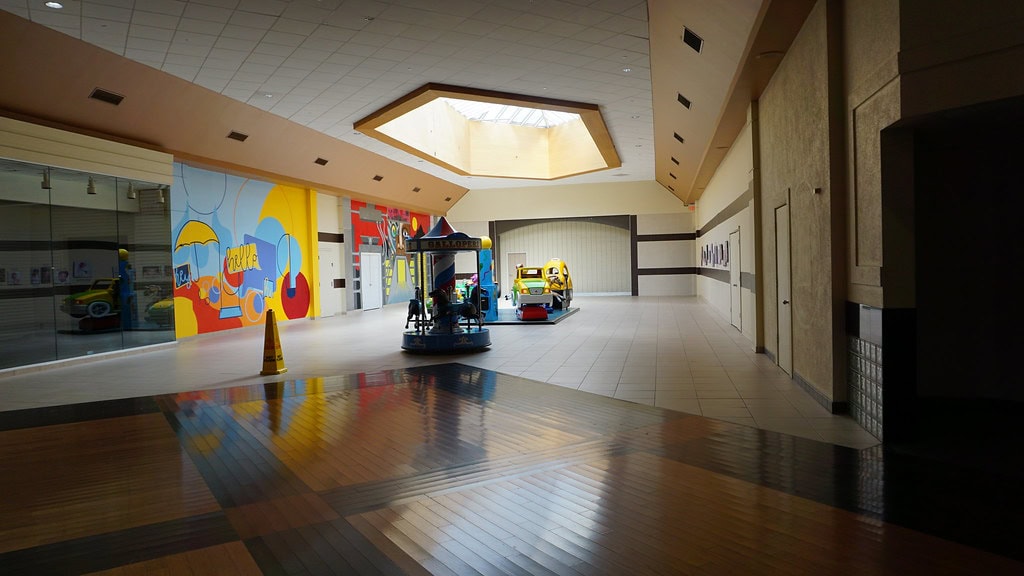
Viral Memory, Empty Halls
In August 2024, East Hills Mall in St. Joseph, Missouri, marked ten years since the release of its viral back-to-school commercial.
The original video, designed to promote local shopping, gained attention for its tone and editing.
It wasn't part of a large marketing plan - it was made locally, with tenant participation and modest production.
That simplicity helped it stand out.
Two of the participants played roles that viewers still reference online: "boots and pants" and "denim." The phrase "boots and pants" was even used in a line from Disney World's Frozen Musical.
The reference, though minor, points to how long the clip has remained visible in digital culture.
In the second half of 2024, city officials explored whether the site might house a future sports complex.
That idea was dropped in October. Planners confirmed that the project would instead move to land near Missouri Western State University.
For now, the structure remains intact. Inside the building, fewer stores remain open each season.
No timeline has been set for redevelopment, and the property's next stage - if there is one - has yet to be defined.
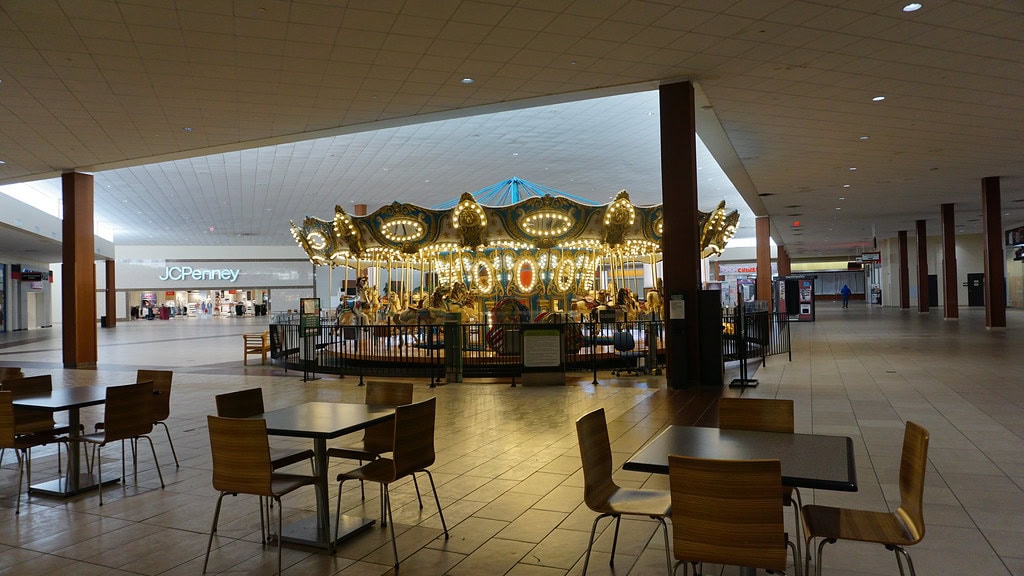

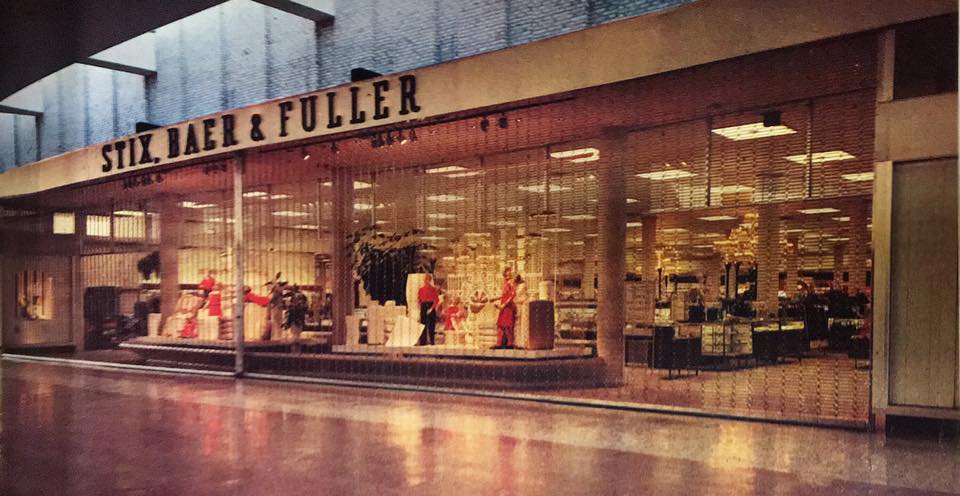
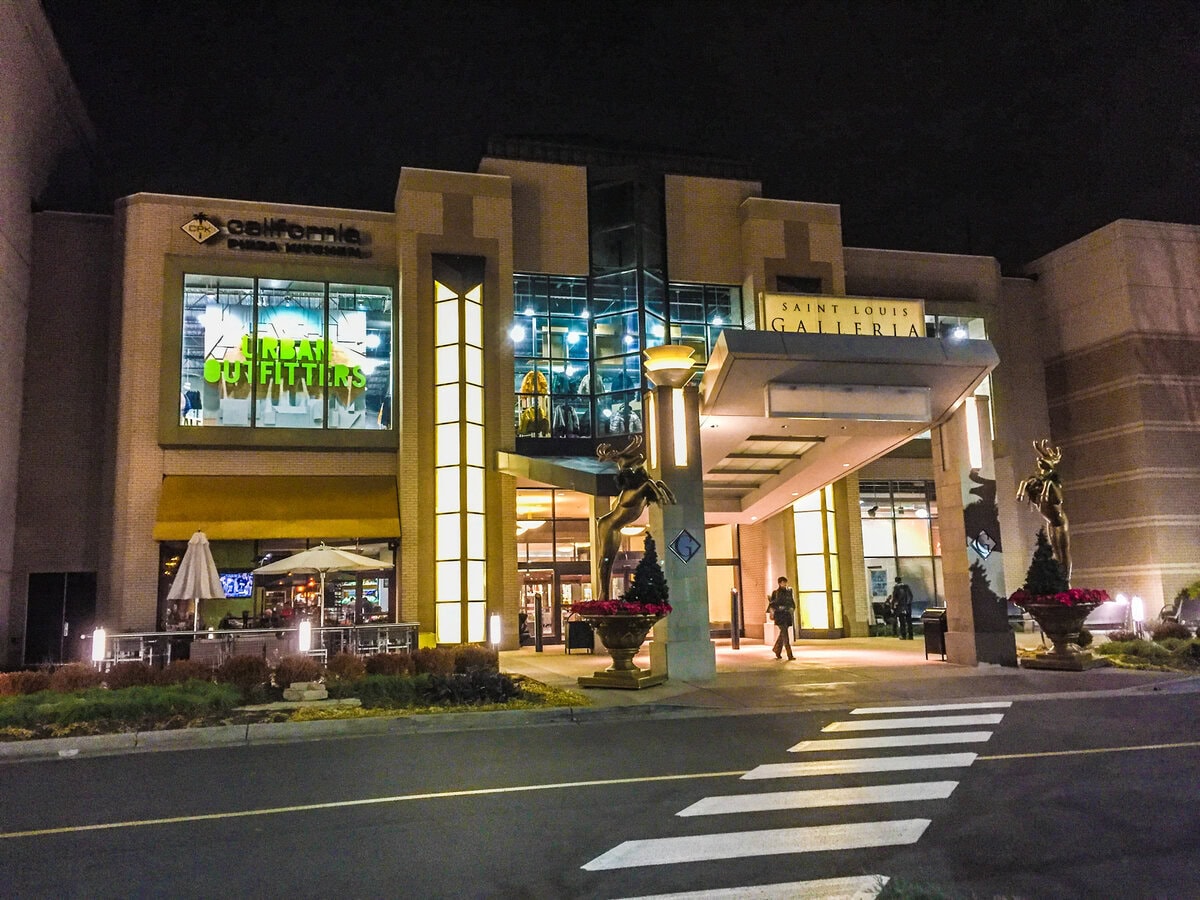



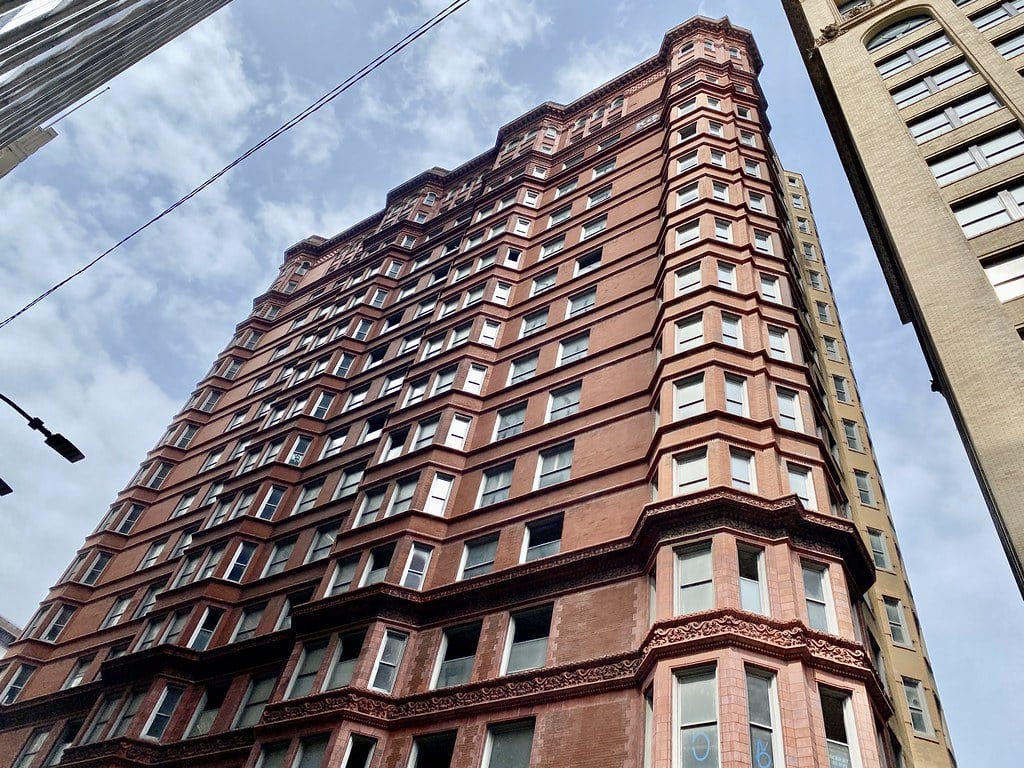

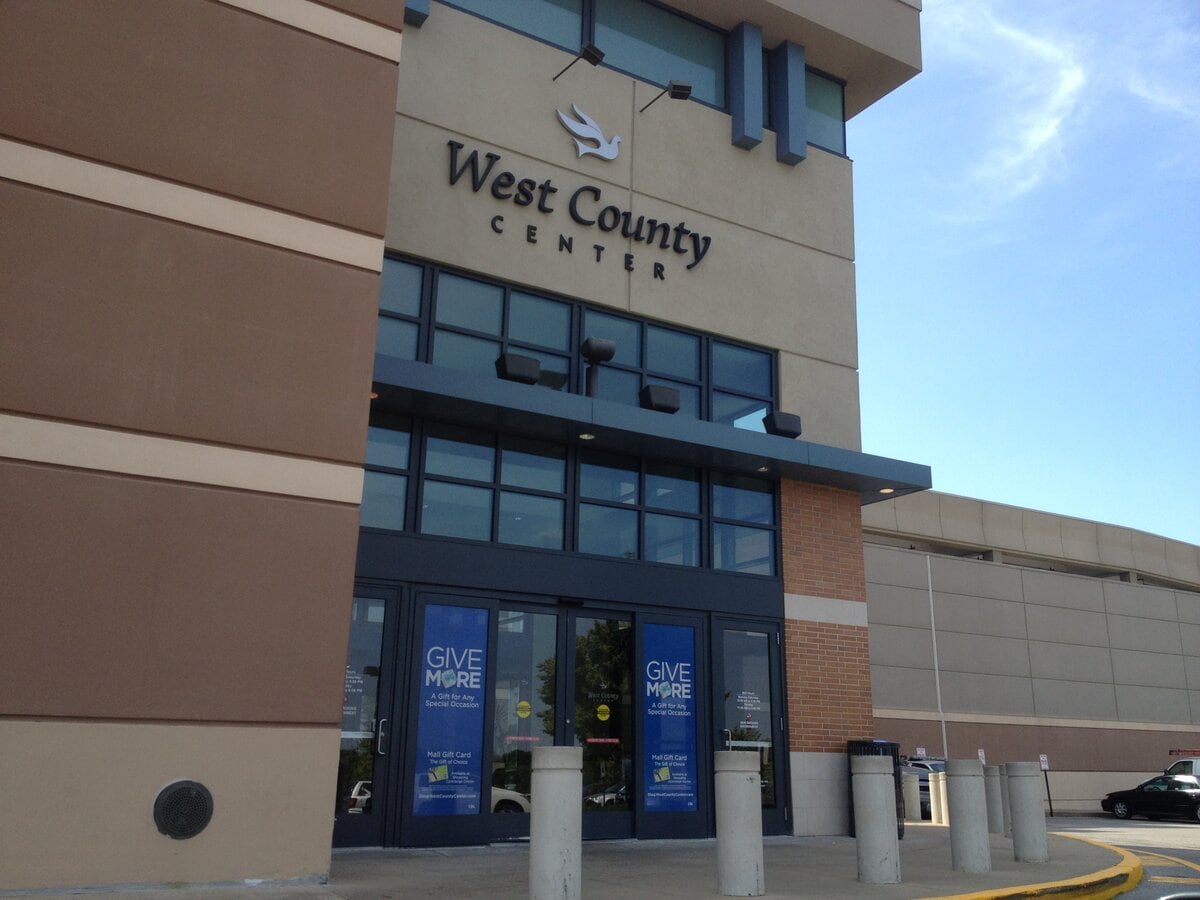
It is definitely very sad that that building can't keep business's there. I remember when it was packed with people and stores, especially at Christmas. There were choirs singing Christmas songs and it was beautifully decorated. The complaint was that the rent was so high that the business's couldn't afford to stay. It is a shame that greed has gotten in the way of something so wonderful.
Rent costs are a real issue. When small stores can't cover both expenses and profit, they leave. After that, others often follow. It's a quiet chain reaction that plays out in many places.